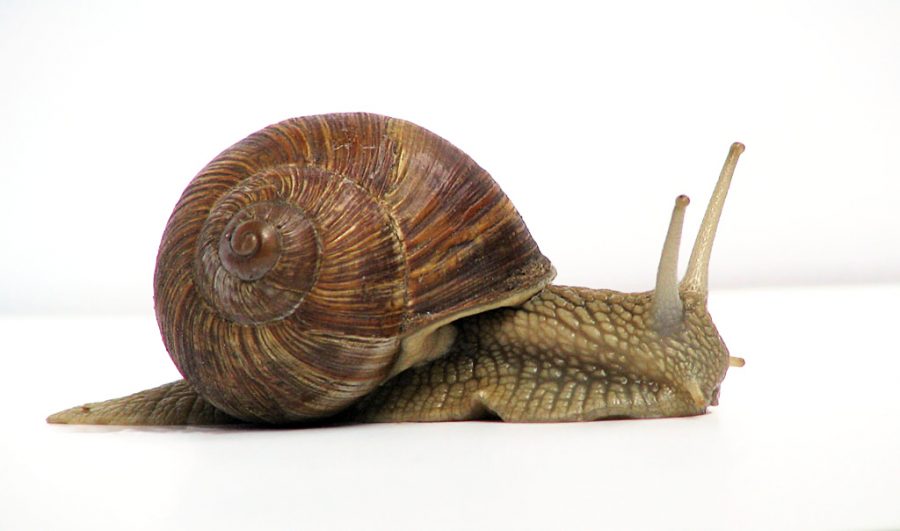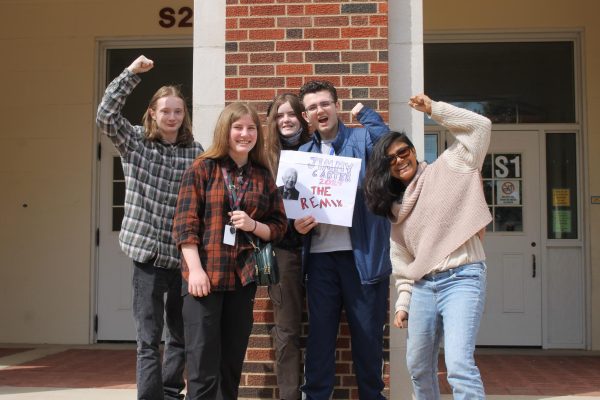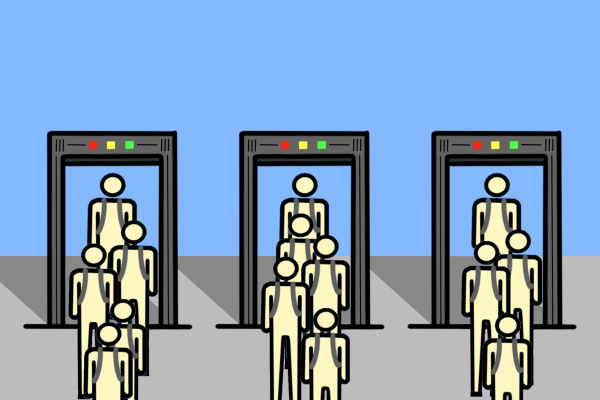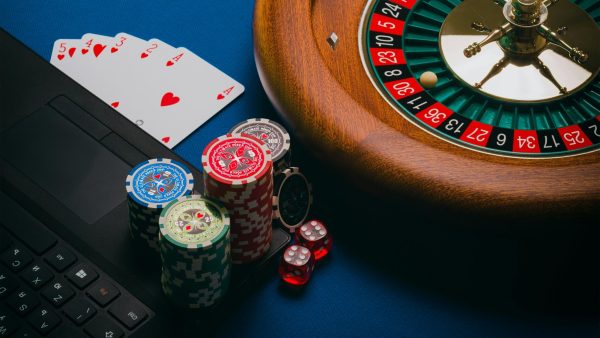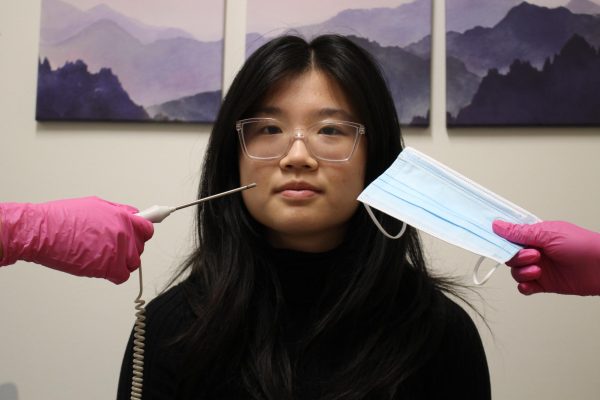Snail memory transplant
The concept of being able to download and transplant memories into another sentient being just got a little less far-fetched. Researchers claim to have transferred memories between snails by injecting RNA from a trained snail into one that had not been trained. The recipient snail was then observed practicing the “learned” behavior.
The researchers, led by biologist David Glanzman of the University of California, Los Angeles, were hoping to understand something called the engram – a physical trace of memory storage.
The researchers administered five electric shocks to the training group of snails, one every 20 minutes. Then, 24 hours later, the researchers repeated the process. When researchers examined the snails afterwards, those who had received the shock training contracted their bodies into a defensive posture for an average of around 50 seconds. The snails that had not been trained only contracted for about one second.
It’s no coincidence that this breakthrough was conducted with the help of snails.
“Neurobiologists have been studying the machinations of snail brains for decades,” Glanzman said.
According to the researchers, the experiments show how essential parts of the memory trace, or engram, are held in RNA, rather than in the connectivity of brain cells as traditional neuroscience dictates.
Memory transfer and transplantation are fascinating to think about. But actually, the human applications are much more practical and helpful. The cells and molecular processes in the marine snails are similar to those in humans, despite the fact that the snail has about 20,000 neurons in its central nervous system and humans are thought to have about 100 billion.
“It is very beneficial for the success in the memory transplant, hopefully it will help in the medical world with curing disorders that work with the memory,” sophomore Claire Martinez said.
When questioned on whether this may lead to the possibility of a memory transplant in humans, however, Glanzman was uncertain.
The researchers see this result as a step towards alleviating the effects of diseases such as Alzheimer’s or post traumatic stress disorder (PTSD).

She plays golf
What kind. of music does she listen to?
She loves country music
What is her dream job?
Her dream jobs are to be a Nascar driver or a UN Diplomat



